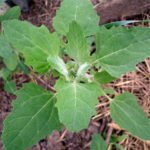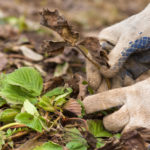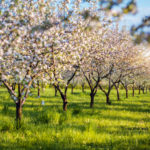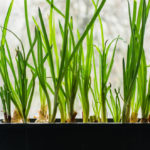The author has deduced 5 important rules of care for this tender crop, following which you will guarantee a good harvest of high-quality berries.
Last season, due to the surprisingly cold may and cool beginning of June, strawberries lagged in development compared to other years. In some places, the harvest of these wonderful berries has long been finished, and fruiting has stretched until August.
A little about the plantation
The plantation is small — about 300 bushes, including one-, two -, and three-year-old plants.
The harvest last season was 320 l (counted at a minimum) – this is obtained for 1 Bush of 1 l of berries “with a tail”. The return was slightly higher than in the previous year, then there was a Bush of 1 l without a tail. This, of course, is not a record, but for quite harsh growing conditions, the result is acceptable.
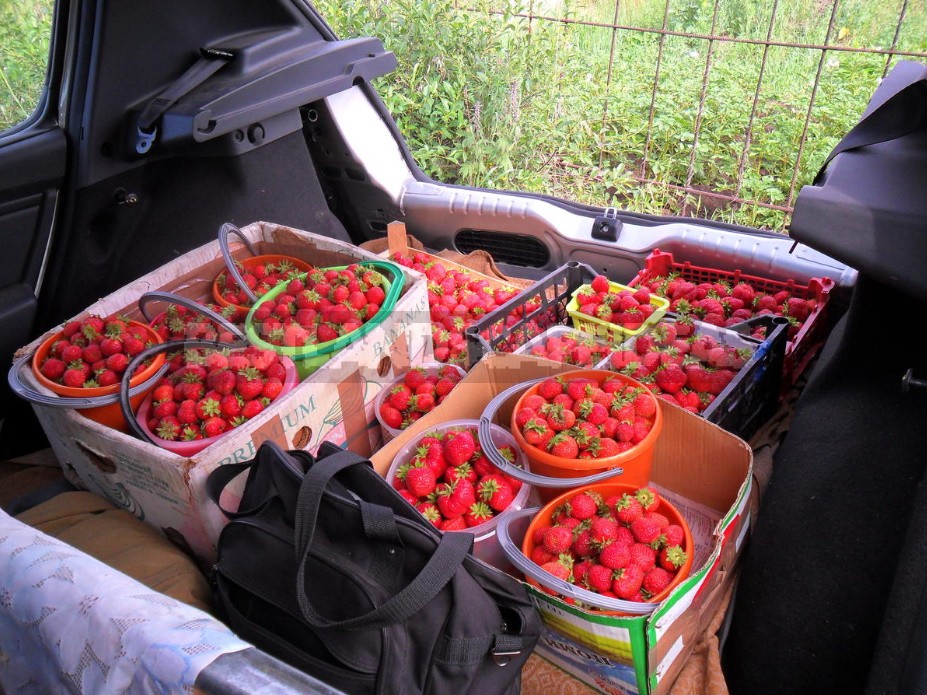
My entire plantation is unfortunately affected by the strawberry mite. I can’t get it out, because the whole area is infected, and the parasite still appears again. Berries could be more, but the tick harms pretty much, although it partially manages to contain its onslaught.
5 rules for caring for strawberries
I started growing strawberries on my cottage plot about 10 years ago and I believe that this crop is quite suitable for the harsh Siberian conditions. If you follow a few simple rules for care, you can even get good harvests for our area.
The first rule
First, you should choose the right varieties. The variety should correspond to the climatic conditions of your particular area as much as possible. It should also be sufficiently productive, hardy and give delicious berries.

Second rule
Secondly, it is necessary to take care of the protection of bushes from severe frosts. Strong autumn frosts in the absence of snow cover damage the rudiments of flower buds, as a result, the next year there are many ugly and small berries. Winter frosts can destroy plants completely and even EN masse. Spring frosts damage the flowers and buds, thus easily reducing the future harvest to zero.
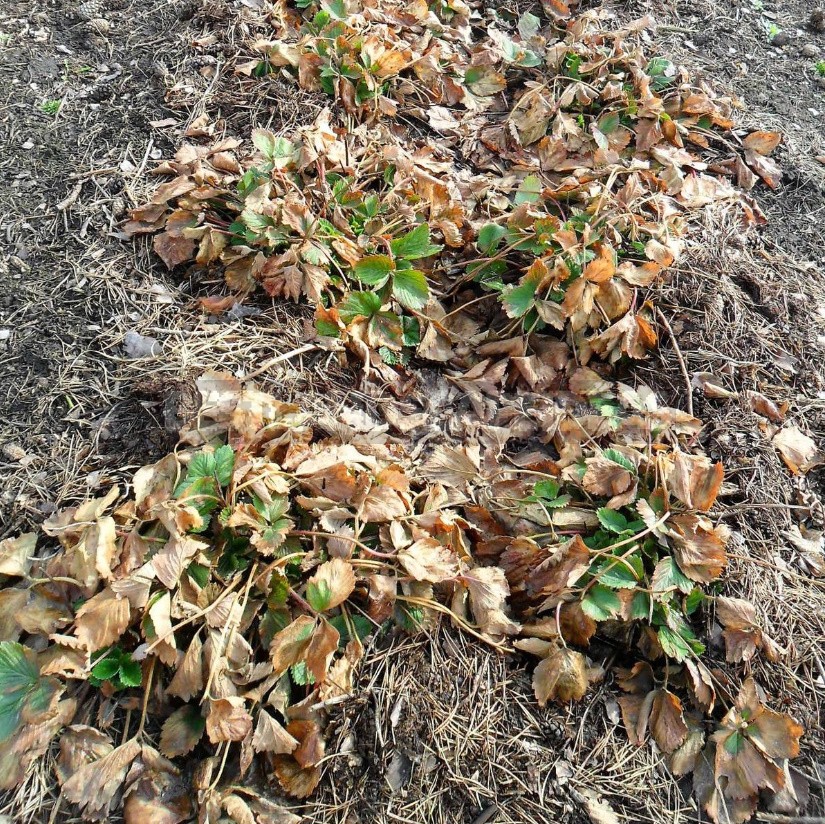
Third rule
Third, it is necessary to provide strawberries with regular and abundant watering (1-2 times a week) for the entire season. She loves the water! Feeding with nutrients will help you to get a good crop. I use fresh chicken droppings for this purpose. During the season, I make two liquid top dressing — before flowering and after harvest. All season I constantly remove unnecessary whiskers and old dying leaves.
Fourth rule
Fourth, the old beds must be replaced with new ones in time. Choosing a place for a new plantation, you should observe the correct crop rotation, that is, return the strawberries to their former place no earlier than 3-4 years — and taking into account the predecessor.
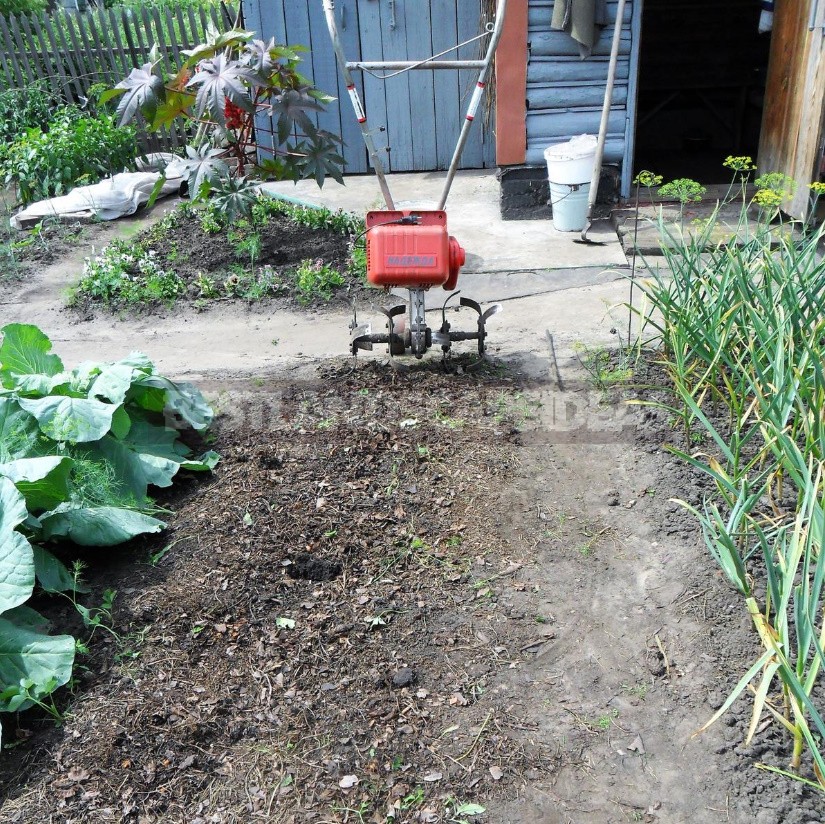
It is best to plant strawberries in the garden after radishes, radishes, carrots, onions, garlic, peas, beans, dill. Areas after potatoes, tomatoes, and cucumbers are of little use and even dangerous. After them, you can plant strawberries only in 3-4 years. I, for example, always lay new beds on the vacant places after harvesting garlic and onions.
Fifth rule
Fifth, it is necessary to select shoots of reproduction (whiskers) only from annual plants — and only from healthy and productive bushes. You should try to put your moustache in a permanent place as early as possible, preferably in July. With proper care, young strawberries not only tolerate winter well, but also give a good harvest for the next year. Moreover, the largest berries are tied on annual bushes.
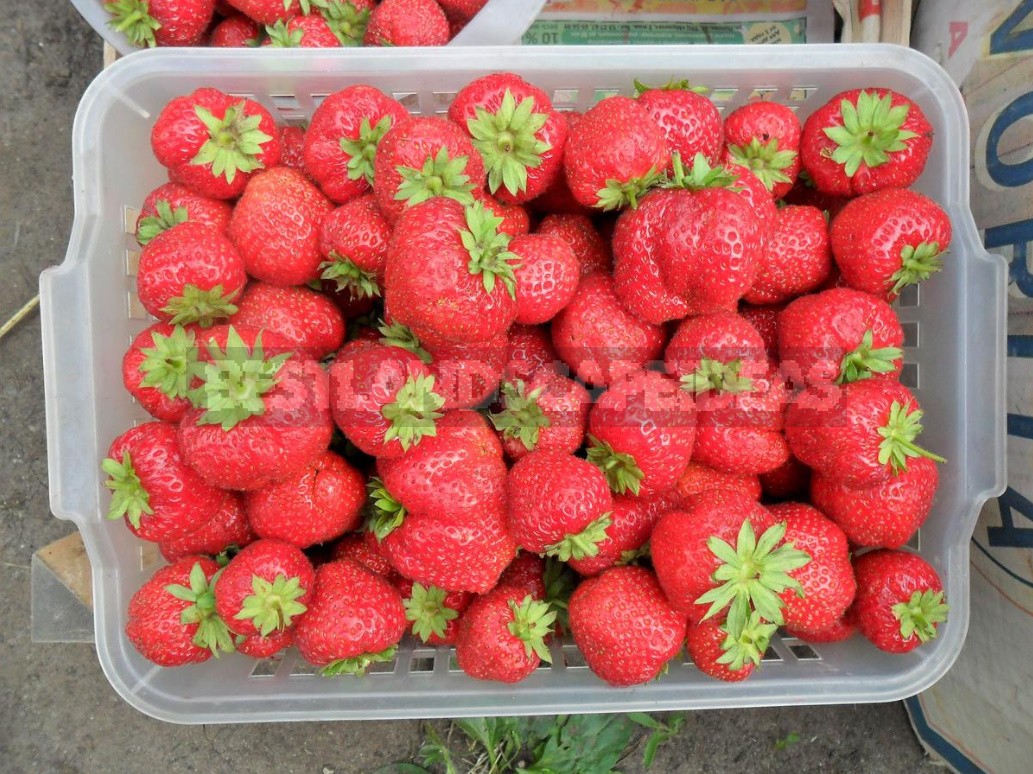
These are the basic rules for caring for strawberries, compliance with which will allow you to enjoy stable good harvests. And if you still did not believe that you can collect more than 1 liter of delicious berries from each Bush, then now your doubts are dispelled.






